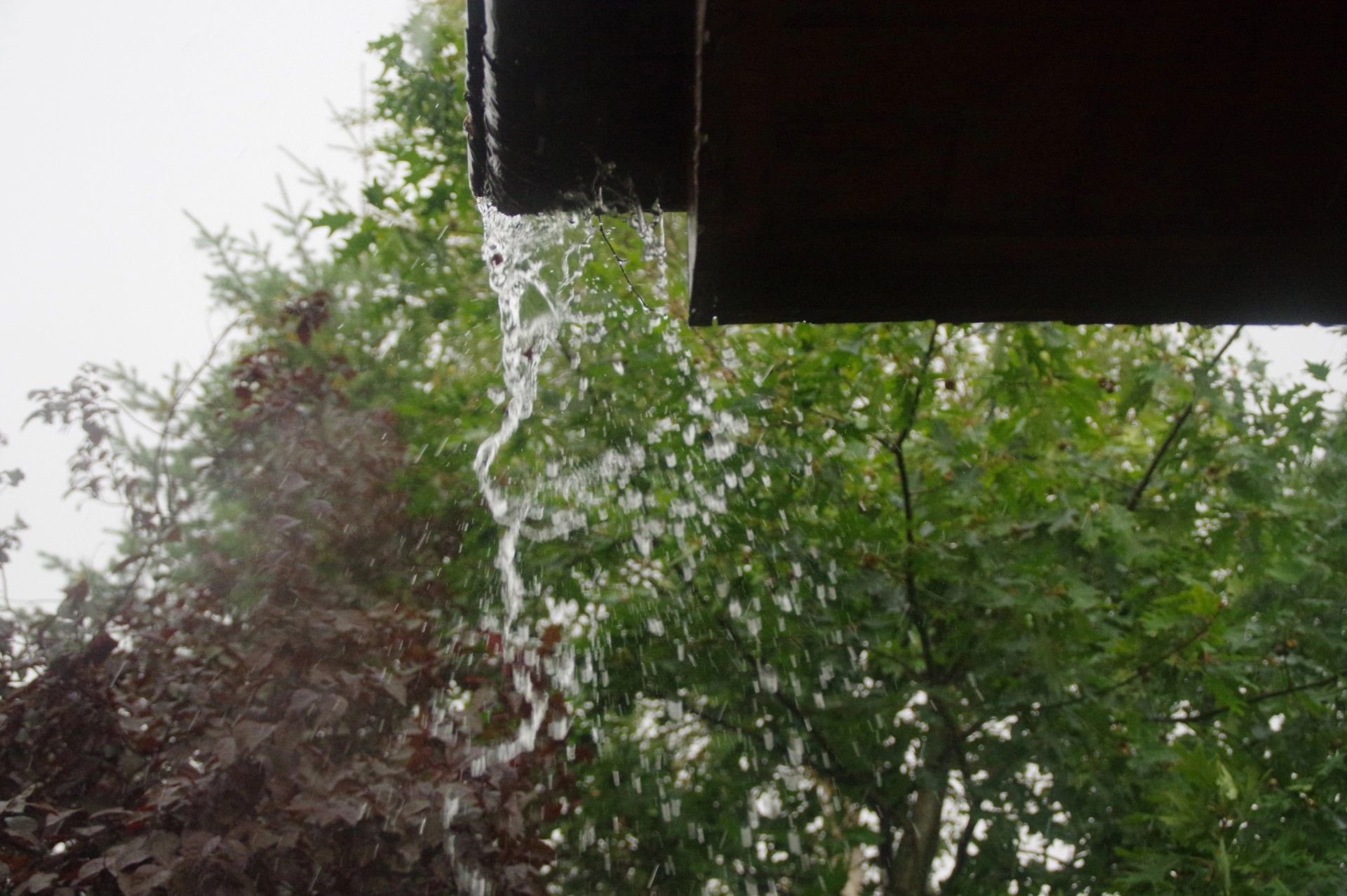
As the Pacific Northwest winter approaches, preparing your home in the fall for the colder, wetter months ahead is essential to keep it cozy, energy-efficient, and well-protected. At Evergreen Homes, we understand the unique challenges this season brings—from relentless rain to occasional snow—and the importance of a well-maintained home to handle it all. Taking the time now to winterize can help prevent costly repairs, reduce heating bills, and create a comfortable environment for you and your family all season long. Here’s our guide to getting your home winter-ready, so you can relax and enjoy the season ahead.
1. Clean Gutters and Downspouts
Heavy autumn rains can quickly overwhelm clogged gutters, leading to overflow that can damage your roof, siding, and foundation. Remove leaves, pine needles, and other debris to ensure water flows smoothly through the gutters and away from your home. Consider installing gutter guards to reduce the amount of debris, especially if you live near trees that shed heavily in fall.
2. Inspect the Roof and Chimney
Your roof is your first line of defense against the elements. Carefully inspect it for any missing or damaged shingles, which could allow leaks during heavy rainstorms. Additionally, if you have a chimney,make sure it’s clear of any debris or blockages. A professional roof inspection can be helpful, as roofing issues often aren’t visible from the ground. Spotting damage early prevents costly repairs down the line.
3. Check Heating Systems
Before the chill of Winter settles in, have your furnace or heat pump serviced. A well-maintained heating system works more efficiently, keeping your home warm without driving up energy costs. Replace filters, inspect ducts for leaks, and test your thermostat to make sure everything is functioning correctly. Staying proactive with your heating system maintenance helps avoid breakdowns during the coldest months.
4. Seal Windows and Doors
Drafty windows and doors let cold air in and warm air out, making it harder to maintain a comfortable indoor temperature. Inspect for drafts and seal any gaps with weather-stripping or caulk. In older homes, replacing single-pane windows with energy-efficient double-pane windows can be a worthwhile investment. Sealing gaps can not only improve comfort but also lower your heating bills.
5. Trim Trees and Bushes
Windy fall and winter weather can turn overhanging branches into potential hazards. Trim trees and bushes near your home to minimize the risk of branches breaking and damaging your roof, siding, or windows. Clearing away excess foliage also helps prevent leaves from piling up in your gutters, adding another layer of protection.

6. Inspect and Clean the Fireplace
If you have a wood-burning fireplace, fall is the time to make sure it’s safe to use. Creosote, a highly flammable substance, builds up over time and can cause dangerous chimney fires. Schedule a professional inspection and cleaning to remove creosote and other obstructions. A clean fireplace not only keeps your home safer but also allows it to burn more efficiently, providing a cozy, warm environment during the colder months.
7. Prepare Outdoor Furniture and Equipment
Outdoor furniture and equipment, like grills and lawnmowers, should be cleaned and stored or covered to protect them from the rain and wind. Covering items will help preserve their condition and save you from unnecessary repairs or replacements when spring arrives. For large items that can’t be moved indoors, invest in heavy-duty covers to shield them from the elements.
8. Test Smoke Detectors and Carbon Monoxide Alarms
As we spend more time indoors with heating systems running, it’s essential to have working smoke detectors and carbon monoxide alarms. Test each device and replace the batteries if necessary. Installing a few extra alarms in key areas, like near bedrooms and the kitchen, provides an added layer of safety during the heating season.
9. Check Insulation
Adequate insulation keeps your home warm, reducing the strain on your heating system. Inspect your attic and crawl spaces for signs of insufficient or damaged insulation. Adding more insulation or replacing worn-out materials can make a noticeable difference in how well your home retains heat, keeping your family comfortable and your energy bills manageable.
10. Stock Up on Essentials
Pacific Northwest storms can sometimes lead to power outages. Prepare an emergency kit with essentials like flashlights, batteries, candles, and non-perishable food items. Having a few gallons of water on hand is also wise, especially if your home relies on an electric water pump. A bit of planning ahead ensures you’ll be well-prepared to handle any sudden outages that come with fall and winter weather.
—
Taking the time to prep your home for fall and winter can make a significant difference in how well it withstands the Pacific Northwest’s seasonal challenges. These steps can keep your home comfortable, safe, and energy-efficient, allowing you to enjoy the season’s beauty with peace of mind.
New construction comes with the advantages of more energy efficient heating, cooling, and insulation, which lowers your energy costs. Contact us about building your next home!



